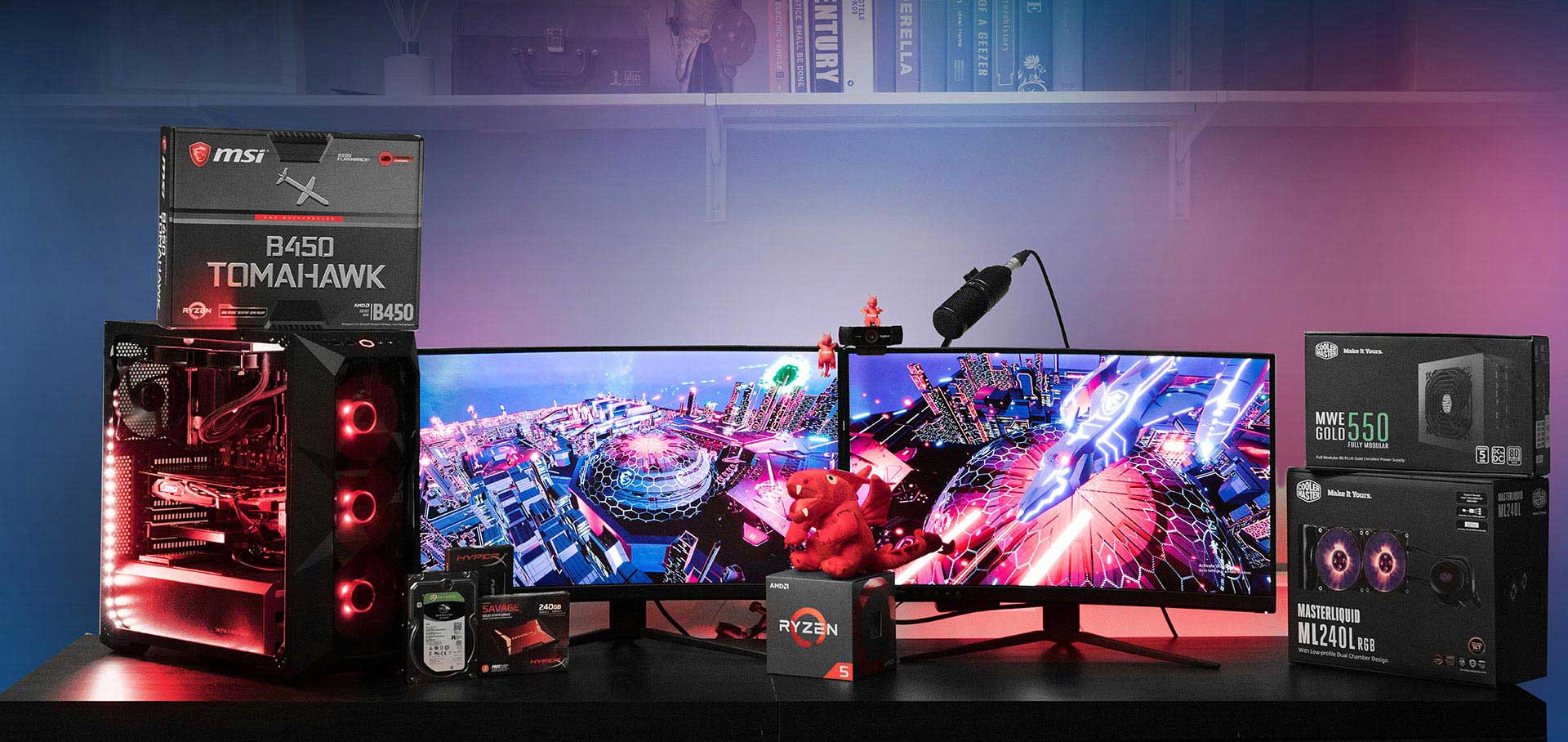The content provided appears to be a repetitive listing of navigation links and categories from a technology-focused website, likely related to industry news, research, and events. The structure is consistent across multiple sections, suggesting a standardized layout for easy navigation.
The website seems to cover a wide range of topics within the tech industry, including supply chains (e.g., future vehicles, Apple, global servers), emerging technologies (e.g., AI, IoT, edge computing, green tech), and specific sectors like semiconductors, smart manufacturing, and automotive technology (CarTech). It also highlights regional focuses, such as Asia, and includes sections for opinions, business insights, and events.
The repetition of sections like “Special Report,” “AI Focus,” and “EV Focus” indicates a strong emphasis on trending topics like artificial intelligence and electric vehicles. Additionally, the inclusion of “Global Tech Dialogues” and “產業研討會” (industry seminars) suggests a platform for industry discussions and knowledge sharing.
Overall, the content reflects a comprehensive and organized approach to covering the tech industry, with a focus on both global and regional perspectives, as well as emerging trends and innovations.
電線桿與電線在現代城市已成嫌惡設施,因此歐美先進國家已大規模地下化,但日本台灣這種地震颱風多的地方,電線地下化災害不下於瓦斯管氣爆,淹水時甚至難以修理,因此日本關西電力公司(Kansai Electric Power)提出維持電線桿並創造新用途的方式,例如自動駕駛或其他IoT應用的感測器安裝設備。
就像19世紀的汽車交通管理,需要交通號誌燈,21世紀的自動駕駛,汽車業也認為Level 3以上需要新的交通號誌,提案建議以現有的交通號誌燈替代。
但日本電力事業改革讓電網事業獨立後,節能使得電線桿為主的電網事業營收持續下滑,電網維修經費卻因設備老舊而越來越高,可預期的未來將會入不敷出,因此有270萬根電線桿的關西電力,就提出用更普及的電線桿代替交通號誌燈桿,改善電網事業營收。
Source: 電線桿的藍海商機:自動駕駛與AIoT應用 – DIGITIMES 智慧應用
